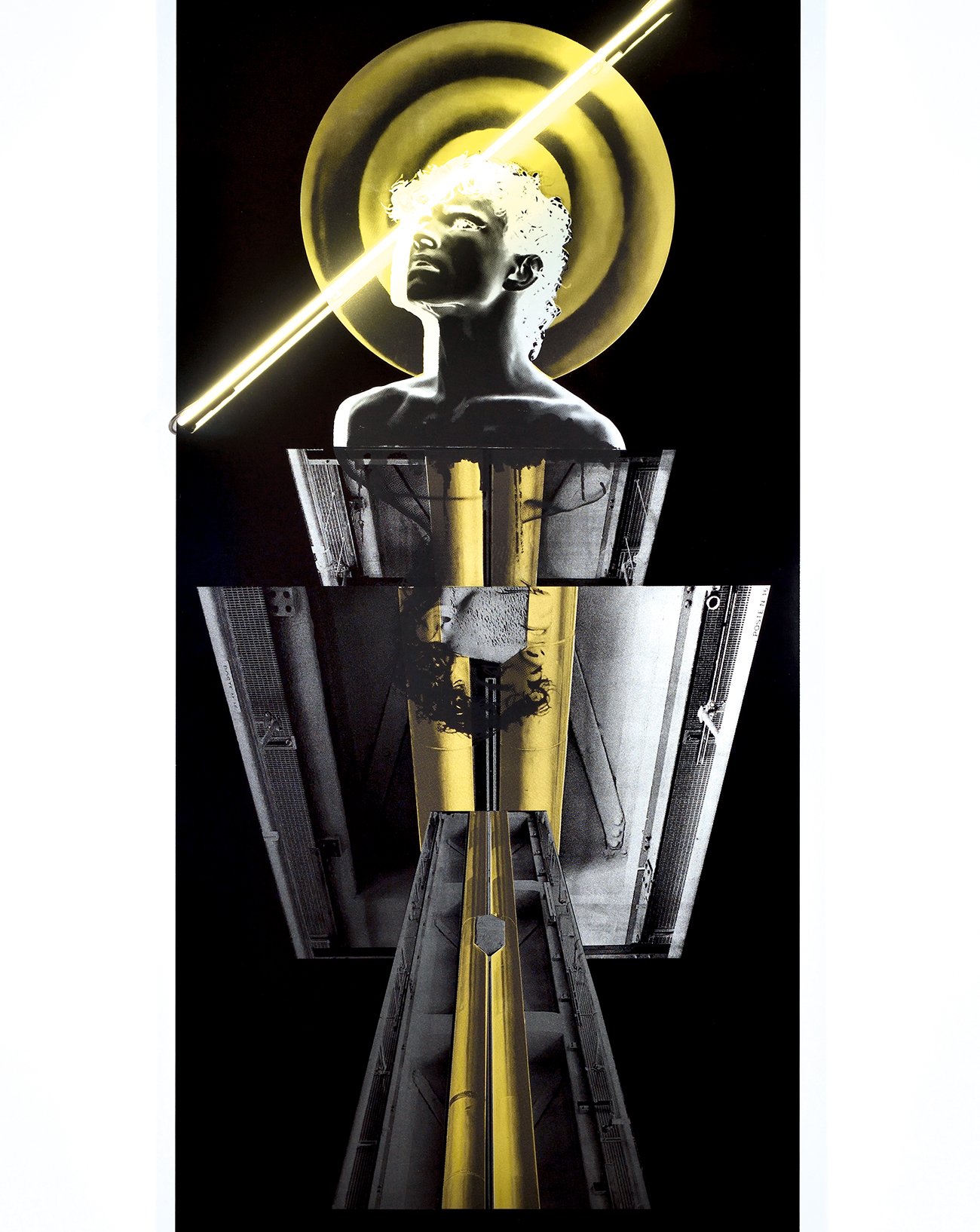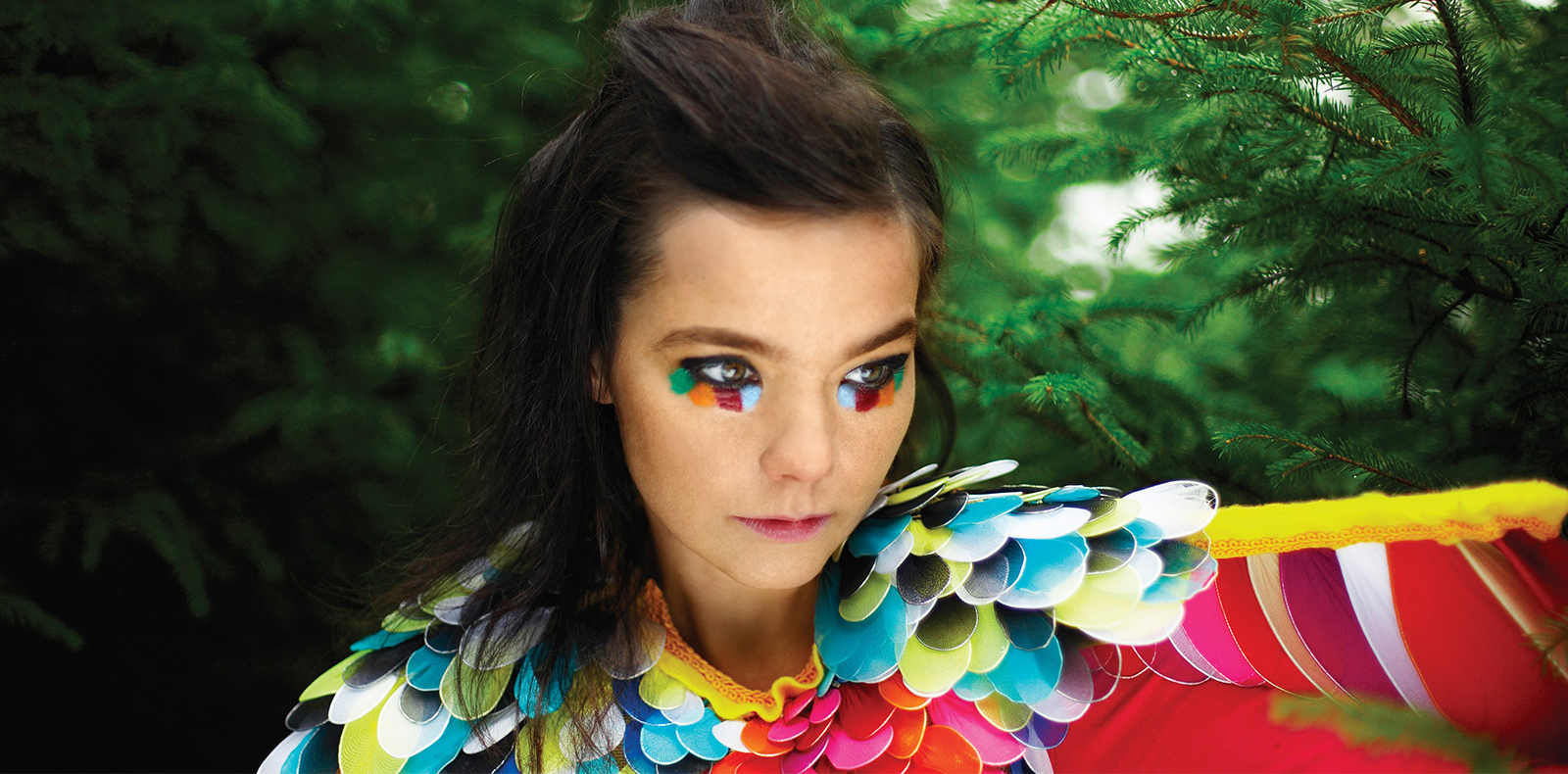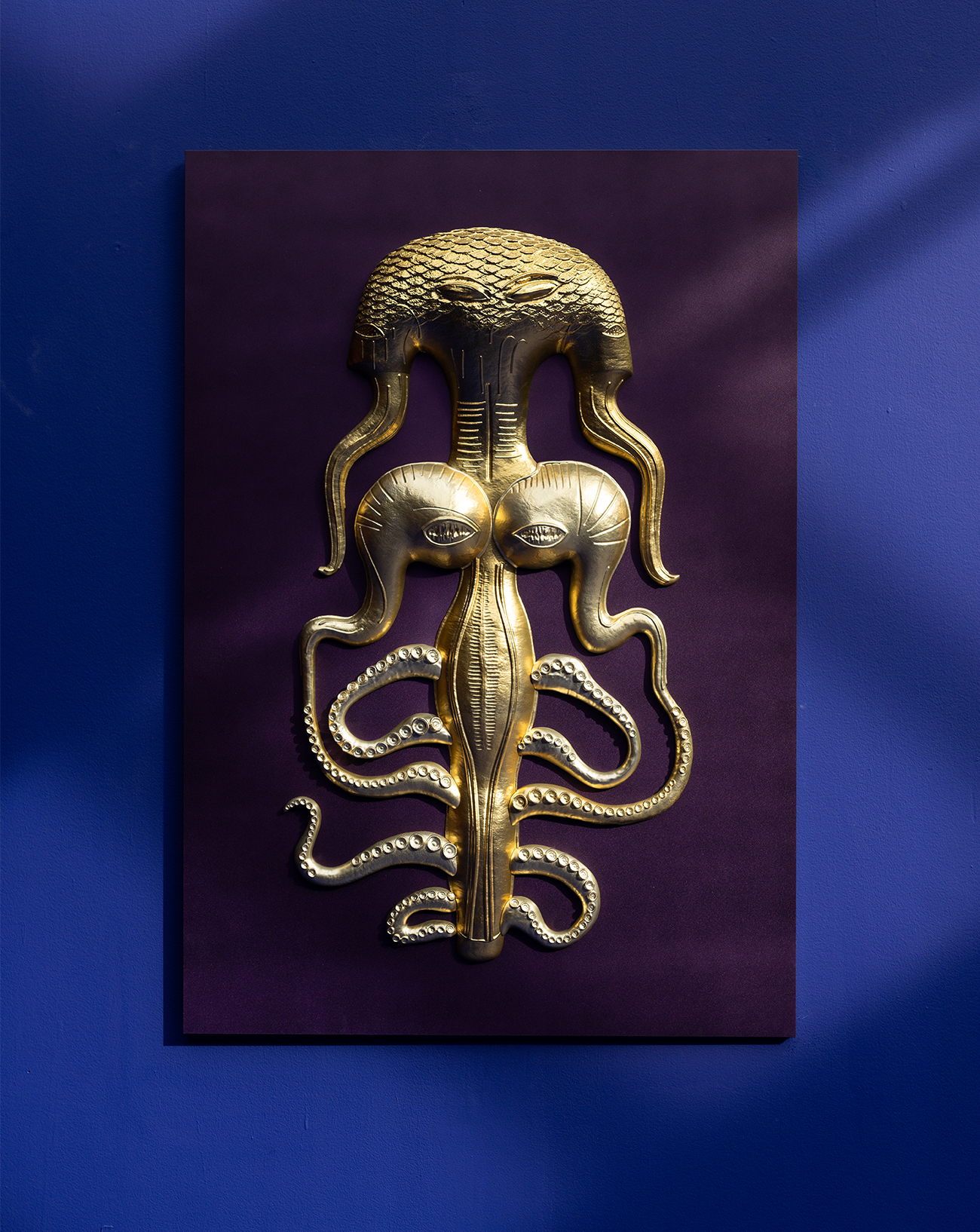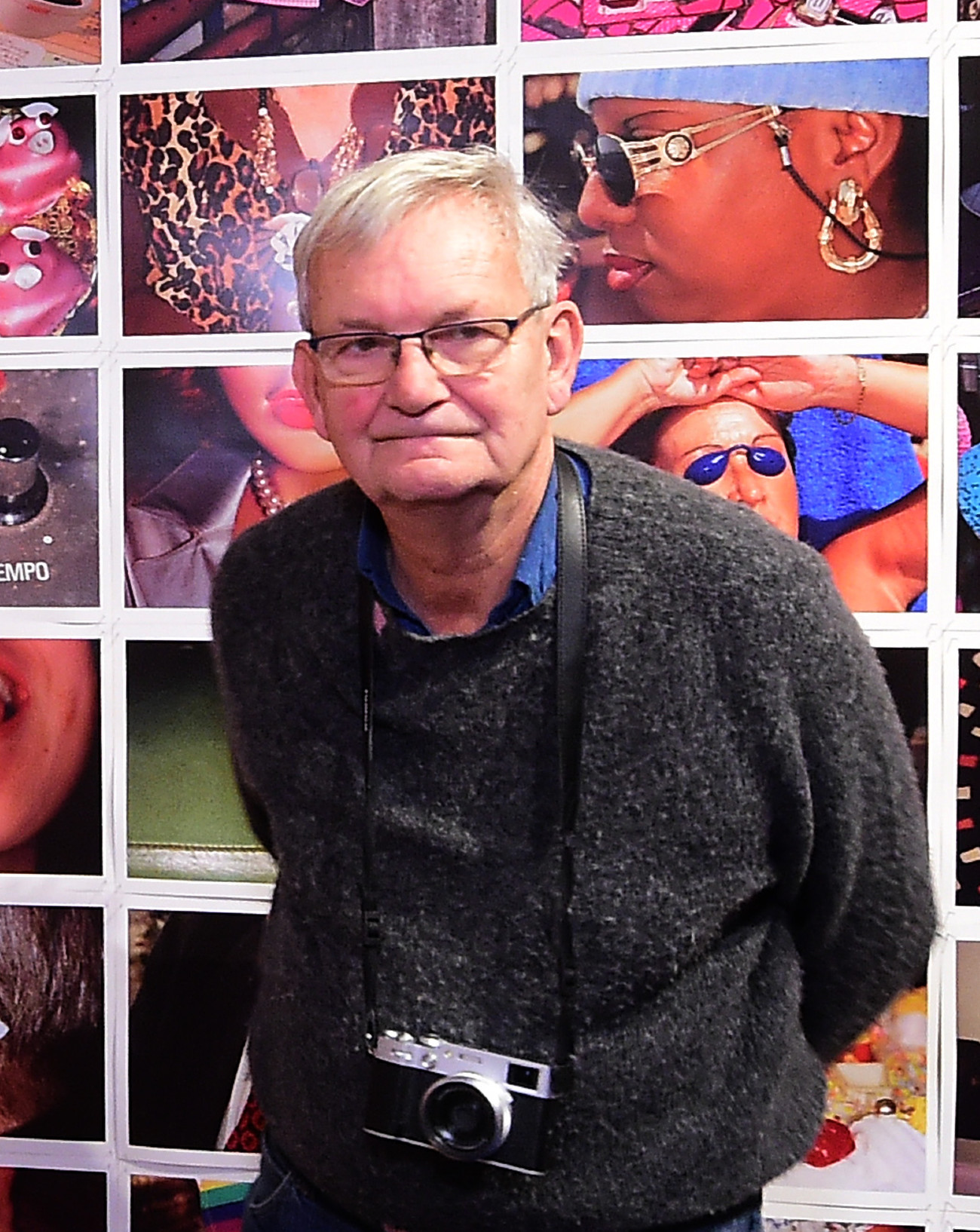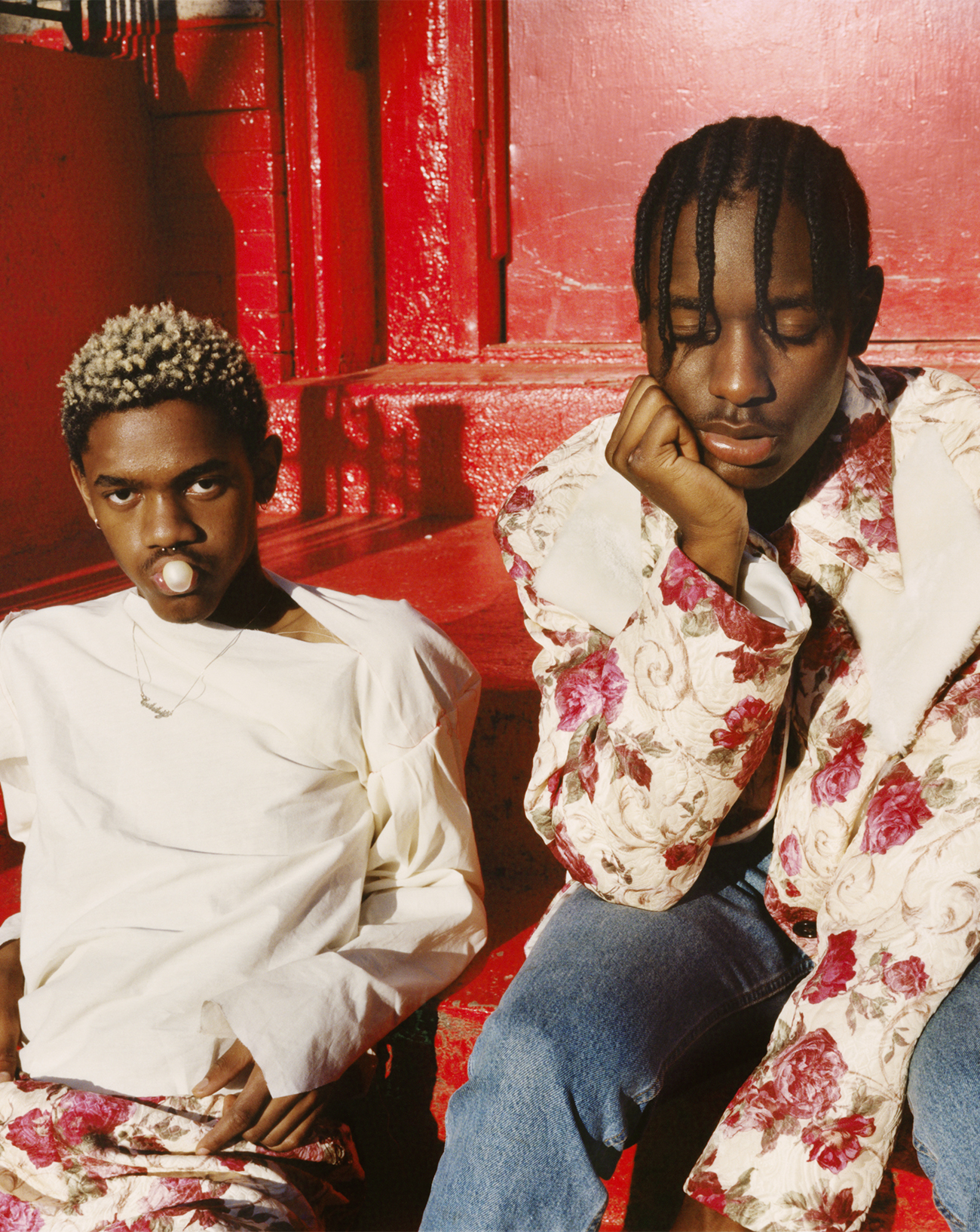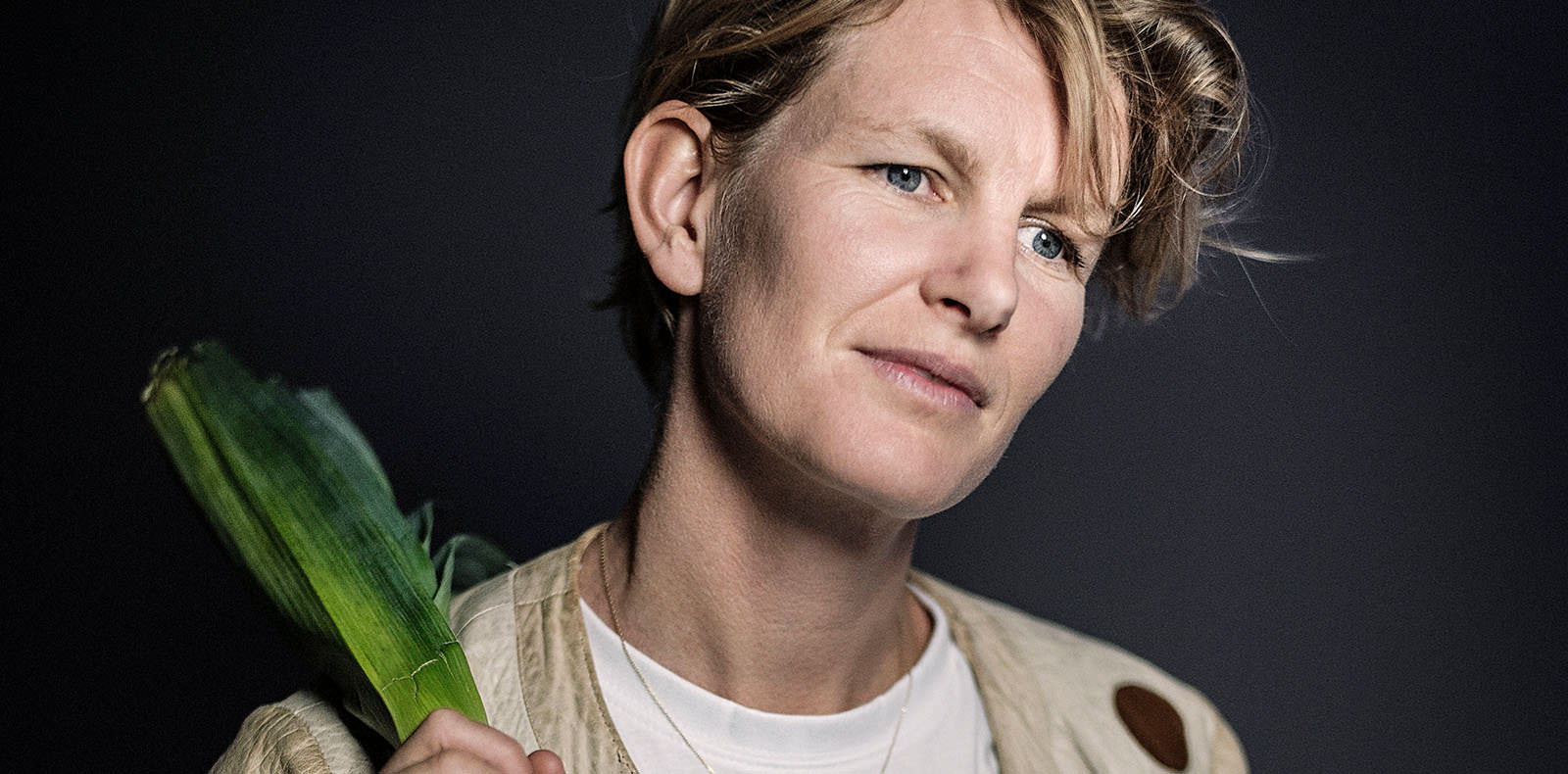
3
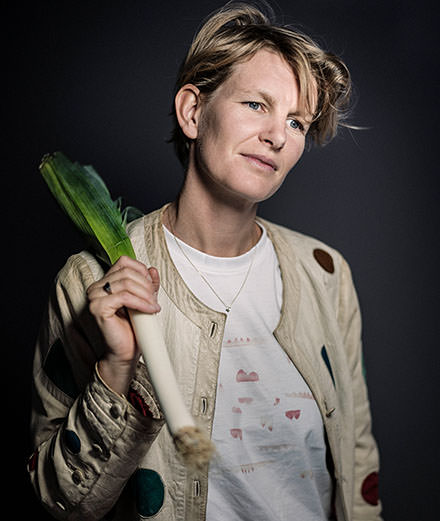
3
Diamond Lane: Laure Prouvost’s urban escapisms
“There is something uneasy in the Los Angeles air this afternoon, some unnatural stillness, some tension.”¹
Joan Didion, “Los Angeles Notebook”
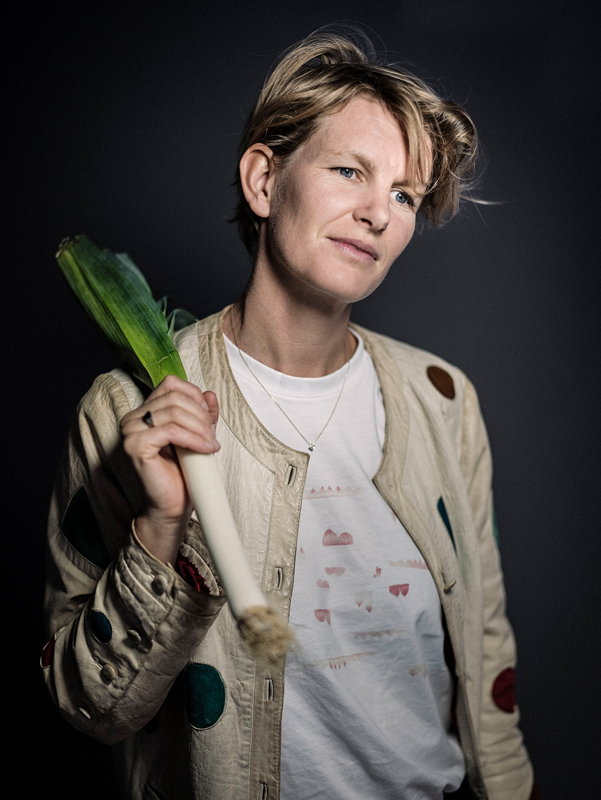
In Model Shop (1969), the only film French director Jacques Demy shot in the United States, in Los Angeles, the main character rushes down the streets of Santa Monica looking desperately for Lola, the object of his desire. Laure Prouvost’s oeuvre is ruled by desire, whether sensual or visual, experiential or metaphorical. Adolescent bodies pile up and clamber over each other on the seats of the white sedan, a refrain by Frank Ocean giving a rhythm to their breaths. The mauve Hollywood horizon is unreachable, stretching as far as the eye can see beyond the windshield. In her essay “The Bureaucrats”² (1976), the American writer Joan Didion elegantly depicts the strange familiarity of life on the West Coast.
To describe the sensation of driving in Los Angeles, she speaks of “secular communion”, gliding from freeway to highway, from canyon to winding hillside road. The urban escapism of the teenagers filmed by Laure Prouvost is made possible by the car and the myth of the road. Walter Benjamin’s flâneur³, who snuffed up Paris while wandering its streets and boulevards, here would weave from lane to lane, meeting the glances of other drivers, losing them, tailing them, undulating to the rhythm of the traffic’s flow. Perhaps he would lend a distracted ear to the latest R’n’B hit in rotation on 105.9: I’m about to drive in the ocean […]/Take off this suit and swim good, and swim good, good.⁴
The video Lick in the Past in fact contains a hip-hop track produced by a local musician. Laure Prouvost, with her distinctive foreigner’s English, wrote the lyrics, which speak of attraction, traction, inhalation, and lassitude. The producer WYNN adds a solid beat while the rapper Guillermo throws himself into the flow:
When we move by night at the speed of desire
With you at the wheel my limit goes higher
Just turn me on, you turn me on
You are my petrol, my drive, my dream, my exhaust.

Combining representation of desire, oneirism, and a fantasied description of nature, Laure Prouvost’s immersive films, installations, drawings and tapestries imperil our relation to language and comprehension through the construction of complex narratives and surrealist moments that feed her unusual approach to the conventions of film and the image.
Indeed, Laure Prouvost attaches a special importance to language and its representation. With great verve she plays with words, stretching them, deconstructing them before putting them together again and reinserting them into the story. The names of her installations display an Oulipo-like humor: Wantee, a play on the very English “Do you want tea?,” or A Way to Leak, Lick, Leek. Words leap and whirl, thumb their noses at us and elude our understanding.
In the video Lick in the Past, shot in a desolate parking lot in Downtown Los Angeles, teenagers met in the city improvise texts and act from a script written by the artist, who is inspired by cinematographic codes while merrily juggling with them. They are amused by the idea that the lane reserved for carpooling is poetically named the diamond lane. Their reveries and their clumsy language provide the film with a contemporary note, ripe with humor, freshness, and authenticity, highlighted by the rap soundtrack composed by WYNN, herself a pure product of the urban musical culture of Los Angeles, modern and diverse. The amateur actors enrich the film dialog with slang and their own expressions, while the narrator, Prouvost herself, erotically whispers and murmurs alliterations and onomatopoeias, wordplays and puns.
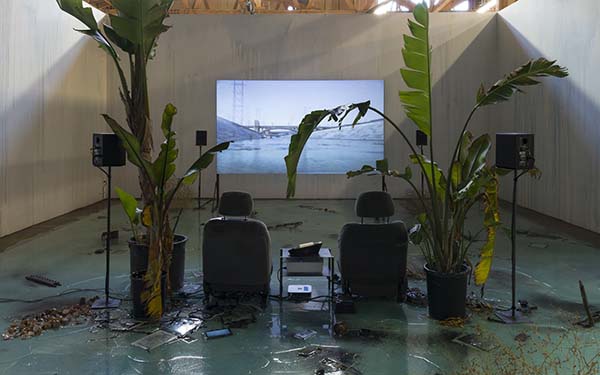
The attention Laure Prouvost gives to her environment and the natural and human elements surrounding her provides the raw material for her praxis and her generous way of filming. Whether a Zumba class shot in the early morning in the Mexican neighborhood of Highland Park, a sunset along Highway 101 or teenagers, dazzling in their juvenile beauty, strutting and savoring cheap ice cream on a Downtown parking lot, her anthropological and social observations are the product of a humanist, benevolent gaze. Her films are nothing without the universe surrounding them; captured with metaphor and romanticism, the unseen is made visible to us. The exhibition A Way to Leak, Lick, Leek, a Californian pendant to that held in Rochechouart’s Musée Départemental d’Art Contemporain, takes, like many of her previous projects, the form of a specific installation of films, sculptures, and drawings.
It is made up from elements collected in Los Angeles, at Fahrenheit and the neighboring streets—their fauna, flora, abandoned objects, but also their smells, their sounds, and their vertiginous light. In this way the artist creates immersive environments within which her praxis becomes the central element of a scenario exploring the limits of fantasy and escape. Her series of drawings and films reflects an urban experience made of drives along city streets, inhaling exhaust and the smell of plastic. The sensuality of nature and the eroticism of bodies seem to fascinate her, whether fleshy lips devouring raspberries, a fig set on a nipple, an egg yolk oozing from agile fingers, or a shining fish brushing past bodies under water. Nature and bodies jostle each other, collide and cohabitate, as Laure Prouvost recognizes their osmosis.
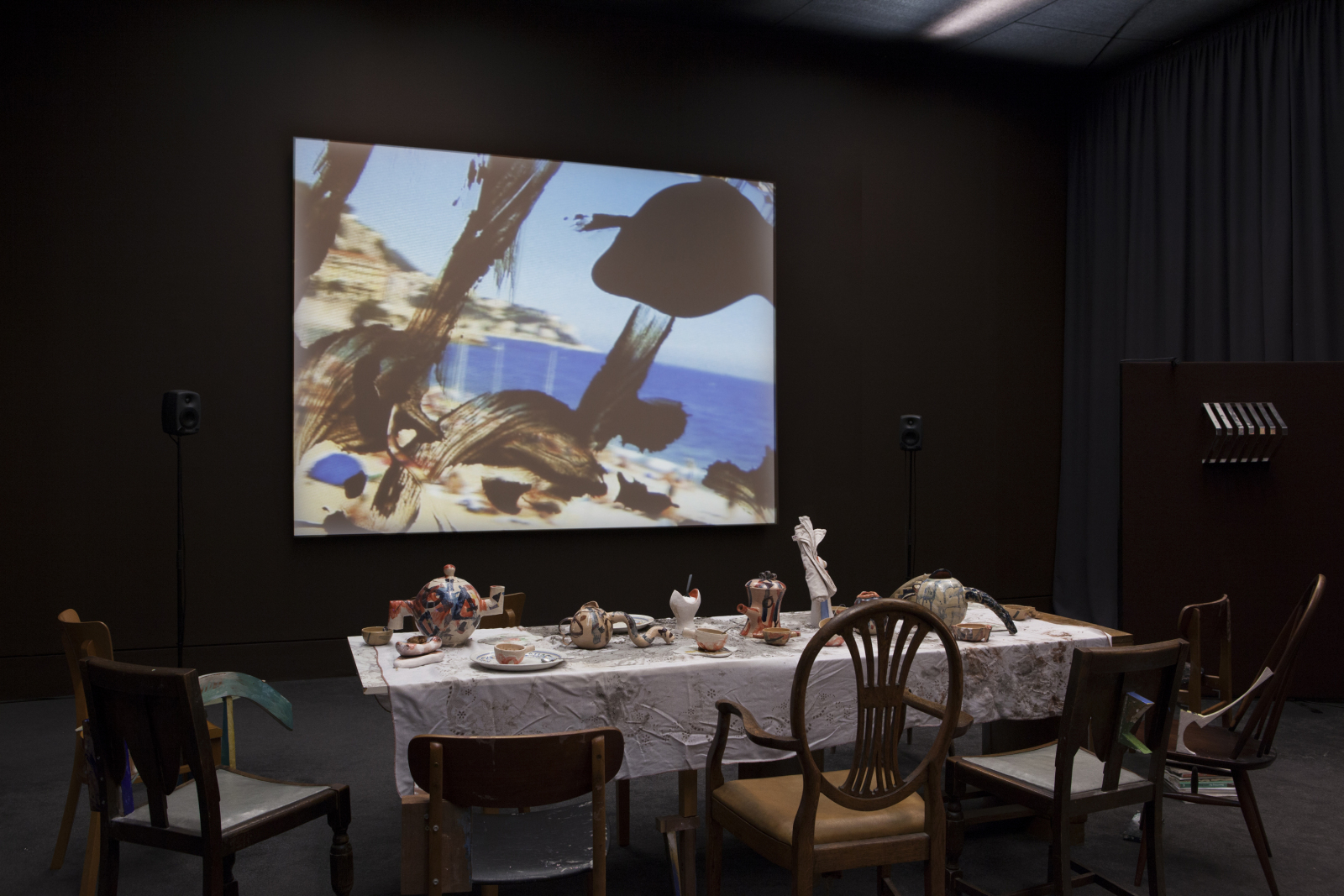
Rather like the filmmaker Agnès Varda in her documentary Les Glaneurs et la Glaneuse (2000), Prouvost insists on making visible the unimportant objects forgotten by the system of consumption that rules our daily lives: residues, detritus, broken, malfunctioning, unloved objects. The installation at Fahrenheit presents a grouping of bits of broken wood, recovered metal, scattered eggshells, leaves and twigs, but also unusable tablets and smartphones and damaged electronic cables. They are scattered on the ground of the exhibition space, and the thick layer of bluish resin that covers them seems to fossilize them for eternity. While we, the spectators, are invited to trample these remains of technological modernity mixed with natural elements in decay found on the East Side of Los Angeles—tumbleweeds, palm leaves, pineapples, tree branches and bark—, we realize immediately that this corrupted, not to say apocalyptic, landscape, floating on the blue resin surface, is not unlike a Californian swimming pool the morning after a wild party.
Or perhaps this is a disfigured version of the swimming pool in David Hockney’s great Splash, or again one of those into which Burt Lancaster dives in the film The Swimmer (1968)⁵, whose protagonist swims across the city, pool by pool. “When you talk about the swimmer, will you talk about yourself?” the film’s tagline asks. When we observe these high tech objects, just produced and already obsolete and useless; when we contemplate this disfigured and stifled nature; do we not talk about the world around us, that “liquid modernity,” so fragile, changing, and unstable, that defines our contemporary era, to paraphrase the Polish sociologist Zygmunt Bauman?⁶
To observe Laure Prouvost producing an exhibition in Los Angeles is to rediscover with her that timeless city of fiction, its stunning light and beauty, its boulevard of broken dreams, its contemporaneity. While I drive and she films, with a handheld camera, the highways that transect Downtown, Fahrenheit’s bare parking lot, the winding and arid paths of Joshua Tree, I think of the phrase that introduces the magnificent visual collage Los Angeles Plays Itself by Thom Andersen, a professor in the film and video program at CalArts, a genuine declaration of love for this strange city and its often fantasy-ridden, sometimes brutalized representation through film history. He introduces it with a slightly sour gentleness: “This is the city: Los Angeles, California. They make movies here. I live here.”⁷
Laure Prouvost's exhibition You Are my Petrol, My Drive, My Dream, My Exhaust, until the 10th of November at Studio des Acacias, Paris XVIIe.
¹Joan Didion, Los Angeles Notebook, Slouching Towards Bethlehem, New York, Farrar, Straus and Giroud, 1968.
²Joan Didion, “The Bureaucrats,” The White Album, New York, Simon and Schuster, 1979.
³Cf. Walter Benjamin, Paris, Capitale du XIXe siècle, Paris, Éditions Allia, 2003.
⁴Frank Ocean, Swim Good, 2010.
⁵Frank Perry, Le Plongeon, film couleur, 1968.
⁶Zygmunt Bauman, La Vie liquide, Paris, Fayard, coll. « Pluriel », 2006.
⁷Thom Andersen, Los Angeles Plays Itself, documentaire couleur, 2003.








